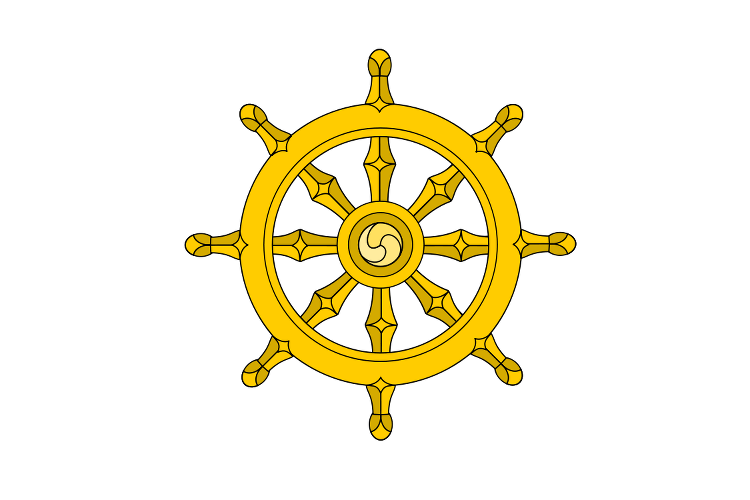It should be mentioned that Harris (loc. cit.) and A. Eugene Michel (Stamps, vol. 27, 20th May 1939, pp. 233 - 235; and vol. 29, 16th December 1939, pp. 369 - 370) made exhaustive investigations into the actual means whereby mail was transported from Tannu Tuva – was it road, rail, air, or even by river? They were completely hamstrung: official data seemed to be a jealously guarded state secret. The Russians were in their most perverse and ignorant mood, the standard response when faced with embarrassing questions.
It occurred to me some time ago that a useful contributory study might be normal commercial mail originating in Moscow in the mid-thirties. If this were backstamped at towns of arrival, it should be possible to establish some sort of average transit time between Moscow and, say, New York for that period. If it turned out to be 24 – 26 days it would be a good indication that the Tuvan covers were posted from Moscow. I was surprised, however, to discover that Russian covers of the thirties are quite scarce. I had been accustomed to the abundance of this material dated in the twenties and the fifties and had not noticed that the thirties were comparatively blank. So this idea did not help very much.
Alongside the depressing Moscow-produced covers, huge quantities of cancelled-to-order stamps exist. Cronin, in the article mentioned above, classified these cancellations and found that they bore the names Kizil (2 types), Turan (2 types), Palgazan, and Shagonar. No further localities have come to light. Amusingly, Mr. Basil Drennan has found "Turan" on the stamps of Georgia also, which suggests a state of considerable confusion in the Moscow philatelic office of those days, cancellations-to-order being applied with gay abandon!
It was not unreasonable to conclude from all these facts that the stamps never saw usage in Tuva, but that the whole affair was a vast philatelic racket fabricated in Moscow. The evasiveness of the Soviet authorities when plied with awkward questions only served to confirm this suspicion.
Collecting Tannu Tuva
This was, in fact, my own opinion in earlier days. I really first became interested in Tannu Tuva by accident. I began to collect in 1954 neighbouring (Outer) Mongolia, a very respectable country (not without features of interest as I have demonstrated elsewhere), but a country not suffering under a cloud as was Tuva. Mongolia had never blotted its copy-book, apart from a trifling outbreak of c.t.o.s on one set and a rash of foreign-inspired forgeries on another. It was a remote and serene country for a Western philatelist, and a joy to pursue.
My enjoyment was quickly shattered, however, because I found that few people knew that Outer Mongolia and Tannu Tuva were entirely different countries! My initial enquiries to dealers for Mongolian stamps, for example, inevitably brought wads of Tannu Tuva by return, and always the cancelled-to-order pictorials. Auction lots turned out on inspection to be flagrant misdescriptions, or to obtain a
Fig. 5. Postal stationery and adhesive genuinely used from Kizil.
few Mongolia one had to accept a quantity of Tuva with which the collection was padded. Fellow-collectors, hearing of my interest in Mongolia, gave me fatherly |
|
|
|
|

